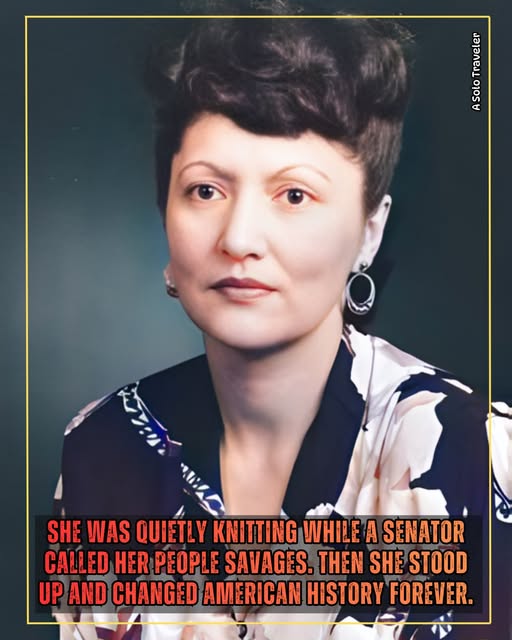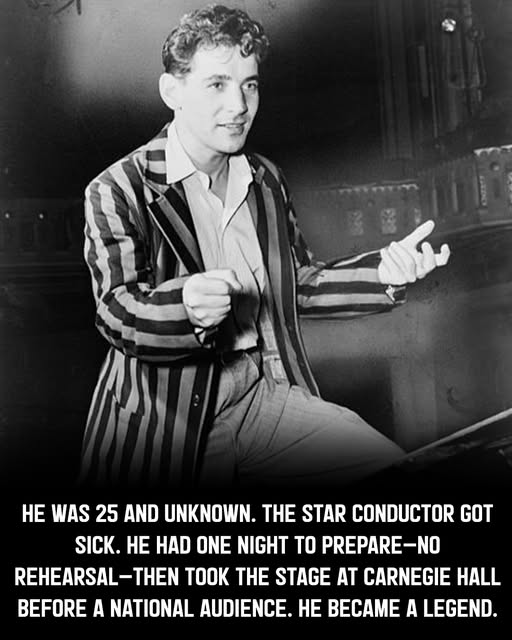The dictionary has multiple definitions of failure:
- 1. lack of success.
- 2. an unsuccessful person or thing.
- 3. the neglect or omission of expected or required action.
- 4. a lack or deficiency of a desirable quality.
- 5. the action or state of not functioning.
- 6. a sudden cessation of power.
- 7. the collapse of a business.
The definitions all deliver the impression of a finite conclusion rather than a step in a process. Failure equals being wrong. Being wrong equals death. As a result, failure has an obvious and deeply negative stigma associated with it. Hence most people fear failing.
In fact many people do not even attempt worthwhile projects for fear of failure. This has been commented upon by various motivational speakers as sad and lamentable but is a natural outcome of the way we are taught to think about failure – it is bad and to be avoided.
And it is a lot easier and very simple to say don’t fear failure than it is to spend the time necessary to change our thinking about it. So what is a better way to think of failure and how do we change our thinking about it?
I don’t know how true it is but I have heard that Edison failed 10,000 times to invent the light bulb before his success. Imagine if he took his first failure as an end point rather than a new starting point. In fact each failure could otherwise be described as a successful experiment to find out that a particular hypothesis did not work.
I was struck by this when I was doing some pullups in the park with 13 kg of weights on my back. I was doing my third set of 5 repetitions and on the last repetition I could not pull myself up more than 85% of my top range of motion. That was my point of failure. Despite my best effort, I could not pull my body up to get my nose over the bar. I “failed“.
Now, when you are exercising, this is something to aim for. Exercising with good form till you are close to failure (with some capacity left in reserve) builds strength and muscle mass.
At this point I realised every person doing resistance training “fails”. We all hit a point where we are at or close to where we can do no more. We are all “failures”, at different points. Some of us fail after 4 repetitions at 13 kg, as did I. Some of fail after 44 repetitions or with 50 kg. None of us stop training “because we failed”. We recognise it as a benchmark or a measure of progress rather than a destination. A “That’s where I am up to.” viewpoint rather than a “That is my end result.” viewpoint.
In many situations, such as in exercise, it is not about failure versus success, it is about WHEN you fail.
Some fail before they start, thinking it is too much effort.
Some fail at the first day that is either too hot or too cold for comfort.
Some fail when their results do not match their expectation.
A rare few fail after they win their marathon, receive their trophy, party on and go to bed at 2:00 am.
It’s all about WHEN you fail! This is why persistence is vital for success. The ultra persistent refuse to fail ’till after the victory party.
Which reminded me of a quote I heard about people who are successful marketers, “They fail fast and they fail often.” They try a lot of things, knowing that many ideas they try will fail and need to be abandoned quickly before wasting too much money on them. By doing that many times and quickly, they sooner or later and without too much wasted money, find that which works and can then do lots of that to huge success.
These top marketers know full well that a fear of failure will not lead to success.
They know that in marketing, as in exercising, it is very easy and natural to view failure as a marker, a peg in the board. A “This is where I am up to”. It is not the end of the road, it is the current position of my progress marker.
What if we started doing that in other spheres of activity? What if every time we thought of something and got the negative thought come in about failing, we just looked at it and thought, “That’s only to be expected. Nothing unusual here. Any time I fail it is merely the current position of my progress marker, just another step toward the ultimate success.”
This I wish for you!








